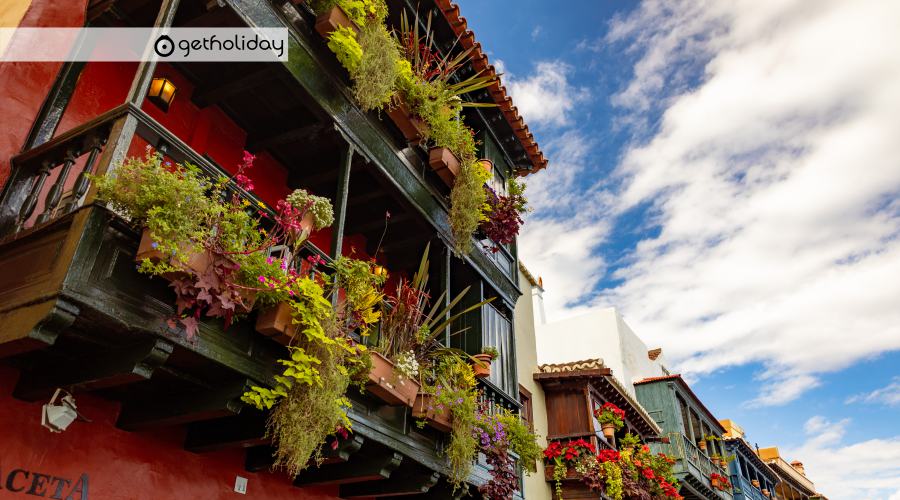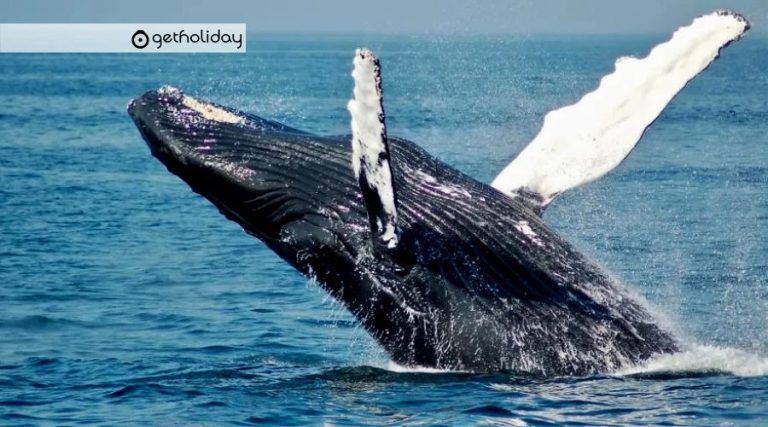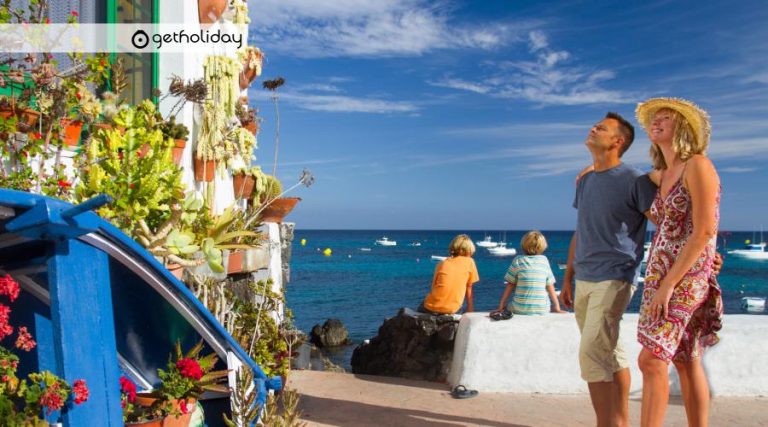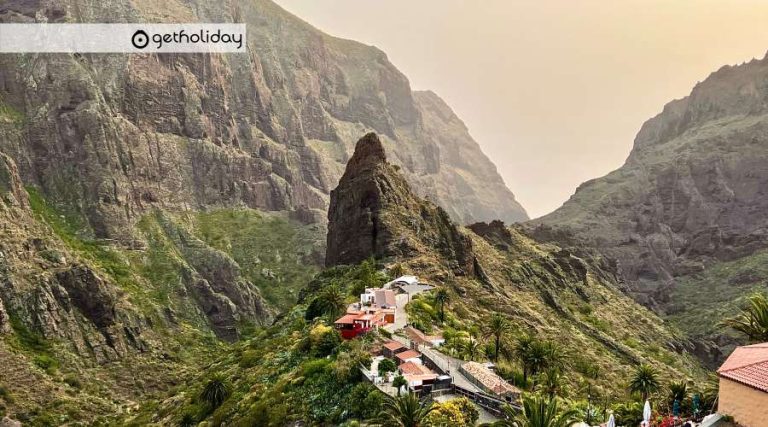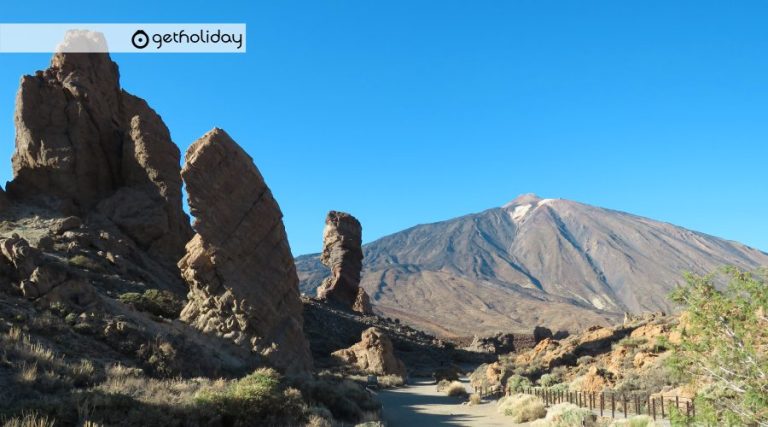Visit La Palma “la isla Bonita”
Very often when we talk about the Canary Islands, the usual 4 islands always come to mind such as Tenerife, Gran Canaria, Lanzarote and Fuerteventura, but what about the others? Which are? and above all, what are they called and what do they offer to tourists?
Today I will talk to you in particular about the island of La Palma, commonly called “the beautiful island”.
I will dwell on this detail for a moment because very often I receive the same question from clients who come with me to visit the island on our La Palma tour . I am referring to Madonna’s song on the album “True Blue” released in 1987. An immediate success, selling over 12 million copies in just a few months. In an interview with “The Rolling Stone”, Madonna stated that she did not know where San Pedro was at all, explaining that for her it was an imaginary island! At this point I would dare to say that San Pedro could be any island in the world, including La Palma!
Now back to us; I start with a brief overview of La Palma and then focus on the two municipalities that we visited during our excursion.
La Palma belongs to the province of Santa Cruz de Tenerife and together with El Hierro they are the two youngest and westernmost islands of the entire archipelago. Obviously there are huge geomorphological differences between the two, but also demographic and historical.
Just over 84,000 inhabitants live in its 708.3 square kilometers. An almost unchanged population, given that since the arrival of tourism an island like Lanzarote, which has approximately the same surface area (845.9 km2), has practically doubled its population, which today is around 150,000 inhabitants.
The beautiful island with its 2426 meters of height is the second highest in the Canary archipelago, where, in the first place we find Tenerife with its gigantic Teide (3718 m) and in the third Gran Canaria with 1949 meters of the peak of Las Nieves. .
Evidently the island with a surface and a height of this type creates exceptional microclimates, where on the northeast side we find a very green island with endemic laurel forest and wonderful pine forests, while in the south southwest we find a younger and drier area, dominated by by an infinity of volcanic cones. Just think that the last aerial eruption in the Canary Islands was right here between October 26 and November 18, 1971, creating the Teneguia volcano.
SANTA CRUZ DE LA PALMA
Santa Cruz de La Palma is the capital of the island. It was founded on May 3, 1493 under the name of Villa de Apurón, on a beach located in a bay that served as a natural harbor. Later it was called Santa Cruz de La Palma and King Felipe II granted it the title of “Noble and Loyal City of Santa Cruz de La Palma”.
Located on the eastern side of the island between the rocks of La Concepción, La Caldereta (former volcanic caldera) and the Barranco Seco. It enjoys a mild climate throughout the year, although the sky is often covered with clouds due to the influence of trade winds from the Atlantic Ocean. In its municipal area is the Royal Sanctuary of Our Lady of the Virgen de las Nieves (Patron Saint of La Palma).
It is a small but captivating city that has been declared an Asset of Cultural Interest in its entirety with the category of Historic-Artistic Complex. Such a title gives an almost excellent idea of the richness and historical value of the buildings and the corners that it offers to those who visit it.
The urban core is at sea level, but the municipal territory extends up to 1,800 m above sea level.
PLACES OF INTEREST
Its main artery is Calle Real (divided in two by Calle O’Daly and Pérez de Brito) which, together with Avenida Marítima, Calle Virgen de la Luz and Calle San Sebastián, enclose in colonial style, with brightly colored facades, charming squares . and perpendicular alleys where it is worth getting lost among the fascinating shops, bars and restaurants.
In these streets listed above we will find the complex formed by: Town Hall, the Plaza de España, the fountain and the church of El Salvador, which are, without a doubt, the best Renaissance complex in the Canary Islands. It is essential to visit the interior of the temple, its fantastic Mudejar coffered ceilings that give it a very particular Arab air. In addition, this square, as we will see later, is the main protagonist of one of the most important and original carnivals in all of Spain: Los Indianos.
Probably one of the most emblematic images of Santa Cruz de La Palma are the balconies of the maritime avenue. A group of houses painted in different shades and with wonderful wooden balconies full of flowers. Curiously, we are at the rear of the houses whose main facade is on Calle Real.
In the northern part we find the Plaza de la Alameda, where you can admire an exact replica of the caravel of Santa María, with which Columbus arrived in America. Inside the caravel we find the naval museum of the “Barco de la Virgen“, divided into several thematic floors.
Nor should you miss the beach of Santa Cruz de La Palma, a vast sandy area of volcanic origin that contrasts with the bright colors of the city and the deep blue of the ocean. The beach was inaugurated in April 2017.
FESTIVITY
The festival of the Indians is celebrated every Monday of Carnival. An unmissable event, whose origins are quite recent. This celebration pays homage to the figure of the “Indians”, brave people who went to seek a better life in the American continent (especially Cuba) and returned triumphant and full of wealth to the place where they were born. Locals and visitors meet in a giant white tide dancing to the rhythm of the Habanera which is very similar to the rhythm of tango.
SAN ANDRES AND LOS SAUCES
The municipality of San Andrés and Los Sauces is located between the municipalities of Barlovento and Puntallana in the north of the capital Palmera. It is the main agricultural and commercial region in the north of the island, not only because of the fertility of its land, but also because of the abundance of water from the Marcos and Cordero springs; springs that feed the needs of the population and its plantations, particularly those of the Canarian Banana.
From the waters of the Marcos y Cordero springs a spectacular waterfall is born that absolutely deserves to be visited. Just think that the beauty of the place is so exaggerated that it was the first place in the Canary Islands to be declared a biosphere reserve by UNESCO in 1983. To get to see the waterfall, just enter the Bosco de Los Tilos. Of these sources, 10% of the electricity for the entire island is also produced thanks to the El Mulato hydroelectric plant.
The lush vegetation of the Laurisilva de Los Tilos forest together with that of the Cubo de la Galga and in the upper part of the island with the wonderful Canarian pines create the most important forest mass in the Canary Islands.
The entire lower part of the country is dedicated to banana cultivation with some sweet potato plantations, vegetables and in recent years also many avocados.
PLACES OF INTEREST
In the coastal area is the village of San Andrés, near the mouth of the El Agua canyon. In this unique and emblematic city we can visit its Renaissance church as a vestige of its brilliant past, as well as enjoy the picturesque surroundings that make up its streets, the charming houses with large windows and long balconies overlooking the sea, as well as the exuberant banana plantations. that surround it.
Nearby is the sports and fishing port of Espindola, located at the mouth of the Pavones canyon, along with a small black sand beach.
Other places of great interest to everyone are the natural pools of Charco Azul, beautifully equipped for the enjoyment of bathers and local tourists.
I would say that Cueva del Tendal also deserves to be named, as it turns out to be one of the most important archaeological sites on the island.
FESTIVITY
The first week of September the Virgin of Montserrat, patron saint of the municipality, is celebrated. The celebrations take place over 15 days, followed by various representations with processions, etc.
I hope I have once again ignited your curiosity hoping to draw your attention in the next articles and remember that if you want to visit the Canary Islands, contact us both by email and via WhatsApp. We will be happy to offer you the best solution for your needs. To each his own vacation!!!
Your official guide of the Canary Islands government number 3900
Basso Lanzone

